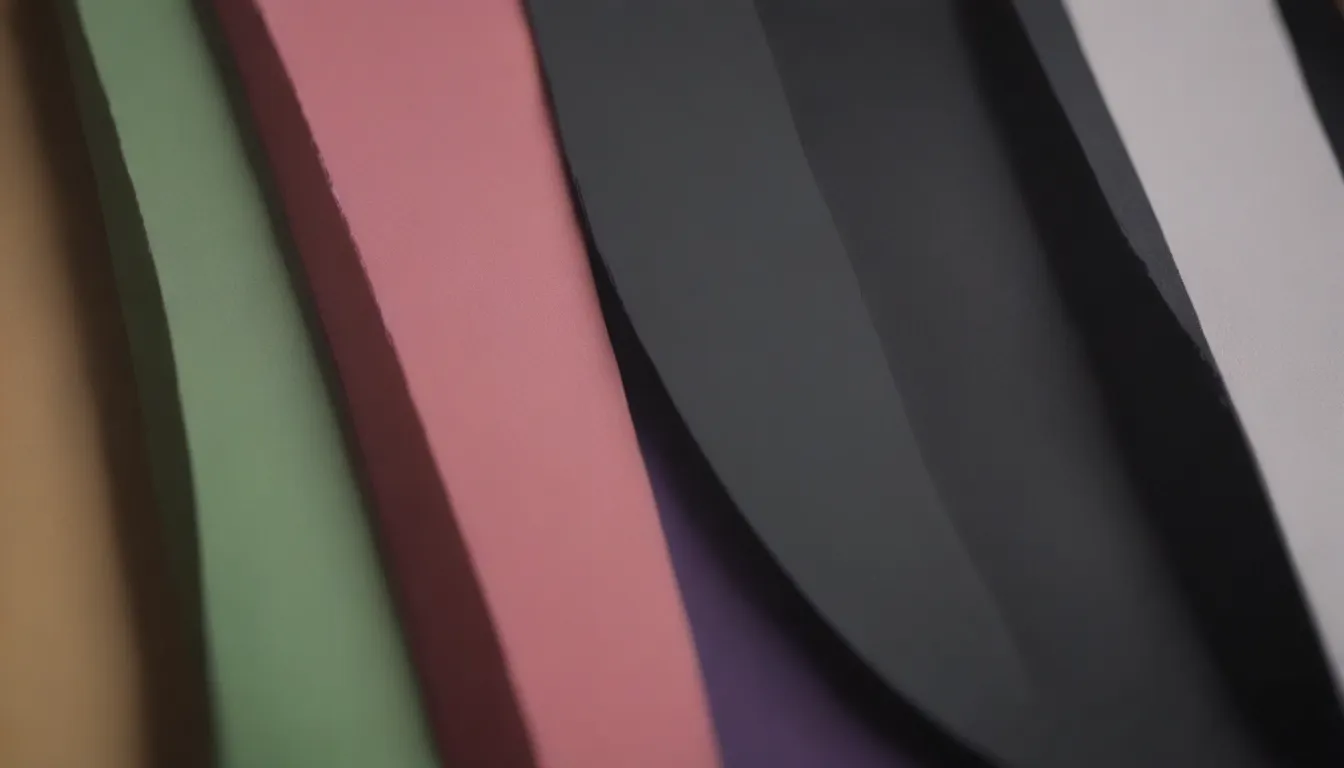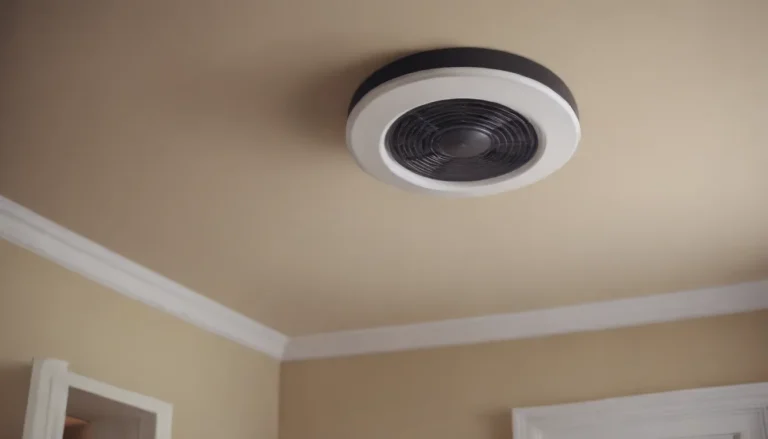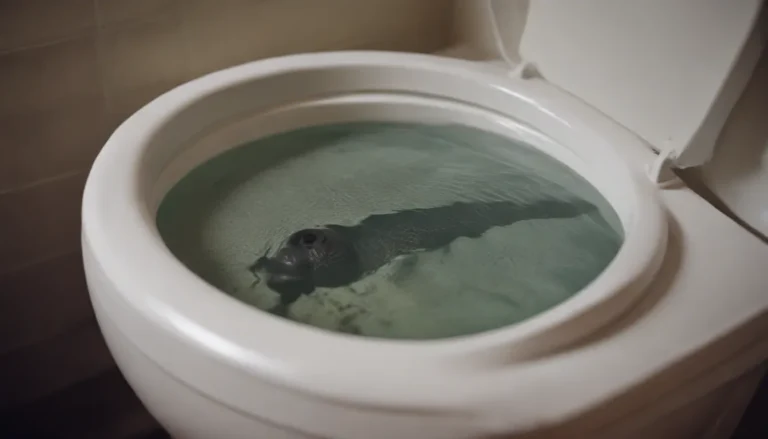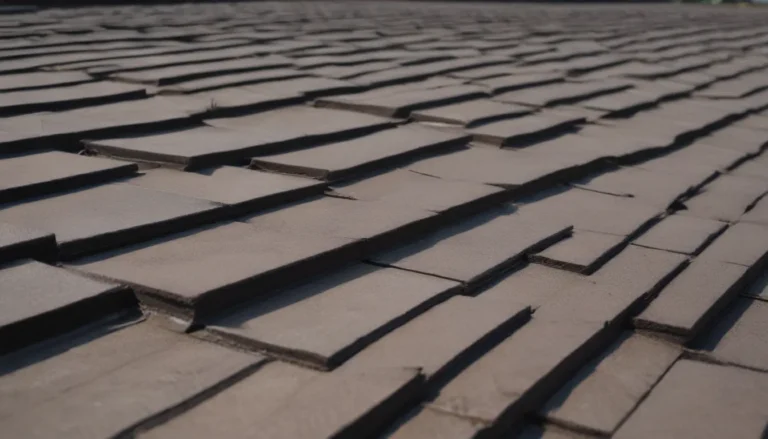Understanding the Differences Between Satin Paint and Matte Paint

When embarking on a paint project, choosing the right paint sheen can make a significant difference in the final look and feel of the space. Two popular paint sheens that often cause confusion are satin paint and matte paint. While they may seem similar at first glance, they have distinct differences that can impact the outcome of your painting project.
Satin Paint: The Balanced Mid-Level Sheen
Satin paint falls between eggshell and semi-gloss on the paint sheen scale, making it a versatile option for a variety of paint projects. This mid-level sheen offers a balanced combination of glossiness and durability, making it a popular choice for areas like doors, trim, cabinets, and moldings. However, satin paint is not limited to these areas and can also be used on walls, especially in high-traffic areas like bathrooms and kitchens.
Advantages of Satin Paint:
- Offers an average gloss that works with most paint colors
- Creates a durable surface that withstands frequent cleanings and wipe-downs
- Can be used on both walls and trim
- Smooth finish with a high reflectivity
- Ideal for areas with high traffic
Disadvantages of Satin Paint:
- Shows more imperfections compared to flatter options like eggshell and matte
- More expensive than matte paint
Matte Paint: The Flattest Option
Matte paint is the flattest paint sheen available, ideal for walls and ceilings where a low-gloss finish is desired. With its low reflectivity, matte paint excels at hiding imperfections, making it a great choice for older homes or walls that require patching and repairs. While matte paint is excellent for walls in low-traffic areas like bedrooms and living rooms, it may not hold up well to frequent cleanings, making it less suitable for high-moisture areas like bathrooms and kitchens.
Advantages of Matte Paint:
- Hides imperfections extremely well
- Easy to apply with minimal visible mistakes
- Smooth, velvety appearance
- Costs less than satin paint
Disadvantages of Matte Paint:
- Cannot withstand frequent cleanings and wipe-downs
- Not durable enough for trim and moldings
Tip: When painting ceilings, opt for the lowest sheen available, such as flat paint or paint designated for ceilings, to achieve the best results.
Appearance: Glossiness vs. Flatness
The key visual difference between satin and matte paint lies in their levels of reflectivity. Satin paint offers a shinier, more lustrous finish compared to matte paint, which has a flat appearance.
Satin Paint:
- Higher light reflectivity results in a shiny look
- Shows more details and luster
- May highlight imperfections in the wall
Matte Paint:
- Lower light reflectivity hides imperfections
- Gives walls a smooth, dull finish
- Minimizes visibility of paint mishaps and mistakes
Durability: Longevity and Wear Resistance
When it comes to durability, satin paint outperforms matte paint due to its higher sheen and additional binders. While satin paint can withstand impact and scuffing, matte paint may show signs of wear more quickly in high-traffic areas.
Satin Paint:
- Higher sheen creates a more durable surface
- Ideal for high-traffic areas like entryways and kids’ bedrooms
Matte Paint:
- Lower sheen leads to lower durability
- Not suitable for high-traffic areas
Texture: Smoothness and Tackiness
The tactile experience of satin and matte paint differs as well. Satin paint has a slightly tacky feel, while matte paint offers a smoother, less tacky texture.
Satin Paint:
- Slightly tacky feel with a glossier finish
Matte Paint:
- Smooth feel with a chalky texture
- No tackiness, especially with darker colors
Tip: Matte paint is great for DIY painters, as it is easy to apply and offers excellent coverage due to its high pigment content.
Cost Comparison: Making an Informed Choice
Cost is another factor to consider when choosing between satin and matte paint. Matte paint is typically more budget-friendly compared to satin paint, making it a cost-effective option for large paint projects.
Satin Paint:
- Higher cost due to additional components for sheen
Matte Paint:
- Around $6 cheaper per gallon than satin paint
Conclusion
In conclusion, when deciding between satin paint and matte paint for your next painting project, consider the specific needs of the space and the desired aesthetic. Satin paint offers a balance of glossiness and durability, making it suitable for a wide range of applications. On the other hand, matte paint provides excellent coverage and hides imperfections well, making it ideal for low-traffic areas.
By understanding the differences between satin and matte paint, you can make an informed decision that will result in a beautifully painted space that meets your needs and preferences. Explore the various paint sheens available and choose the one that best fits your project requirements and design vision for a successful and satisfying painting experience.
References:
– Consumer Reports. What paint finish fits best with your design aesthetics?
– The American Institute of Architects. Polysilazanes—Binders That Make a Difference to Surfaces.
– American Coatings Association.





